 |
 |
 |
 |
 |
|
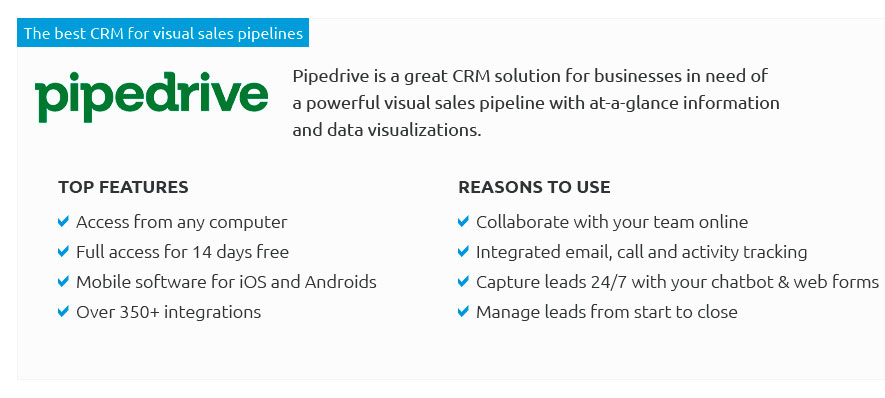 |
|
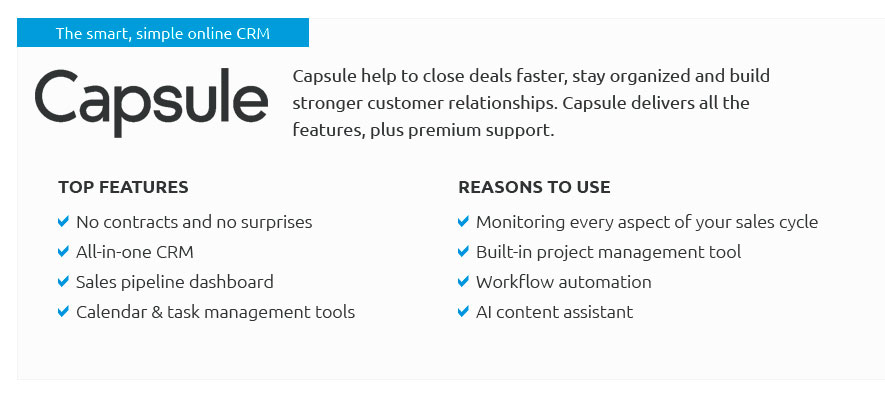 |
|
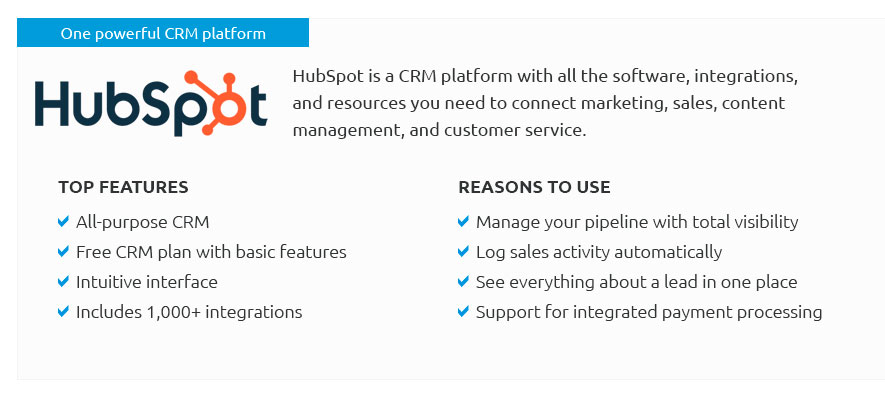 |
|
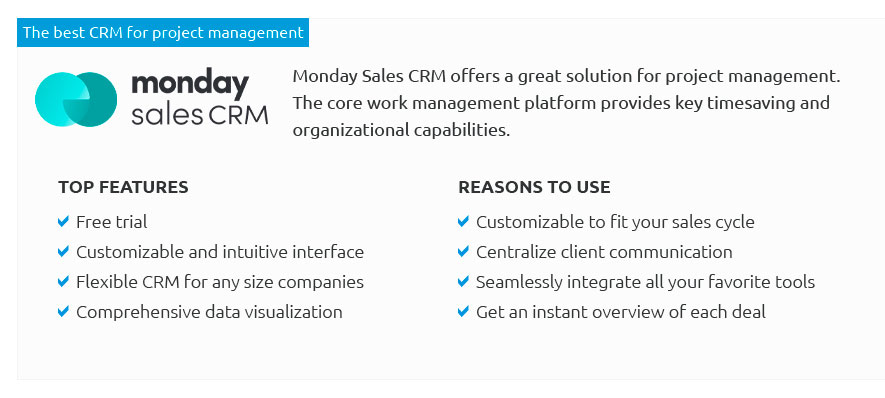 |
|
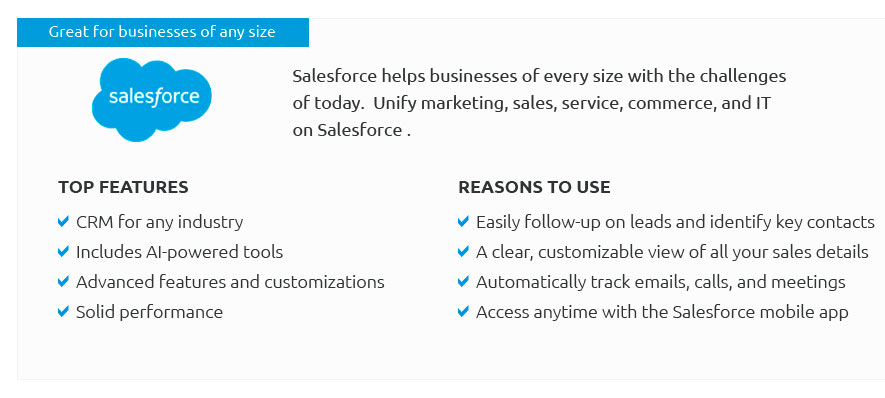 |
|
 |
 |
|
zjlhp08atf Unlock the potential of your business with our in-depth CRM software review, where we dissect the best CRM platforms that redefine efficiency and growth through seamless CRM integration; dive into a world where your sales, customer service, and marketing efforts converge into a powerhouse of productivity, enabling you to foster relationships that last and profits that soar, all while ensuring every tool and platform in your arsenal speaks the same language, harmonizing your operations like never before-experience the future of customer relationship management today.
https://mailchimp.com/resources/beginners-guide-to-crm-integrations/
CRM integration is a way for you to level up your CRM software and maximize its effectiveness. In most cases, it works by seamlessly connecting ... https://www.3cx.com/call-center/crm-integration/
Integrate your CRM or helpdesk with 3CX to save agents time and boost customer satisfaction. Automatically create new contacts and greet existing leads ... https://www.dckap.com/blog/crm-data-integration/
CRM data integration refers to the process of connecting a CRM system with other software applications, databases, or IT systems.
|